We’re at the midway point of Homer’s Odyssey. So far, I find myself completely captivated by the story. However, I can’t express my love for Odysseus’s tale without saying how hard the story was to get into at first. Especially since I wasn’t sure what to expect before I started it. To paint you a better picture of what I mean, I’ll start from the beginning, my beginning.
The Odyssey has always seemed to just appear ever since I picked up writing. Bits and pieces of the story seem to pop up where I least expect it. It all began with Steven Pressfield’s The War of Art. In that book, Pressfield uses Homer’s tale and the character of Odysseus as an allegory for the artist’s journey. He explains that Odysseus’s ten year journey home to Ithaca is just like our own journey in art. If we ever want to see it through to the end, we need to continue fighting through failure after failure. In the end, you never truly fail until you stop trying. It’s a lesson that our parents have always told us, but it usually hits harder when a stranger spins the words, especially when the allegory has been specifically structured to punch you where it hurts.
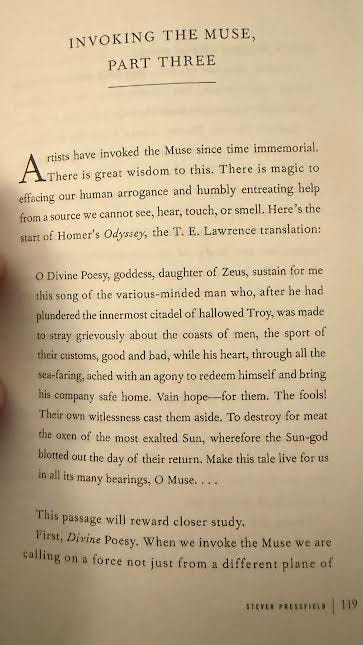
Opening Odyssey for the first time was a kind of spiritual experience. I felt like I was one with an artist. Like my soul was intertwining with the many spoken word poets of antiquity, translators who put the ancient Greek into English, the hopeful Pressfield the first time he heard the invocation of the muse, and our hero Odysseus, whose journey would appear alongside mine for the rest of my life. On top of all that, to put it plainly, I was expecting some badass action and adventure. Saying all that, I couldn’t have been more surprised to find that the first book centered around Telemachus, Odysseus’s son at home in Ithaca. More surprises came when I read through the first four books and was bored to tears reading about Telemachus and his mother’s many suitors.1
As boring as it is, the opening is necessary. We learn things that I’m sure will come in handy later. Plus, we find out one of the main “heroes” of Iliad, Agamemnon, was killed by his cheating wife’s lover as soon as he made it back from Troy. As much as I didn’t like him in The Iliad, I gotta feel bad for him there.
Side note: When Melissa and I went to the Neapolis Archaeological Park in Syracuse, Sicily this week, we entered the Ear of Dionysus. It’s a man-made cave constructed in the Greek era of the island. Tucked inside the cave was a massive sculpture of Agamemnon’s mother-in-law’s head. Talk about a coincidence. Side note #2: I’m not trying to brag, but I impressed our tour guide with knowing the story of what happened between Agamemnon and his wife (she didn’t need to know that I read that part of the Odyssey a few days before the tour). Anyway, she described him as one of the heroes of the Trojan war. I expressed my view on the deceased king (that he sucked) and she was taken aback, firmly stating he was indeed a hero. I gave up arguing. Like I mentioned in the wrap-up of The Iliad, times have certainly changed. Back then, heroes were judged based on the amount of heads they chopped off, unlike now where they’re judged over how many heads they saved from said chopping.
It’s really fitting that I read Odyssey while Melissa and I spend the month in Sicily. Odysseus’s journey around the Mediterranean found him in Sicily more than once, including when he fought the cyclops Polyphemus. I read the chapter of their showdown on the beach in Taormina. When we made it back up to the town, I found a car painted with pictures of the entire cyclops scene! Talk about a coincidence. To keep it up, we ended up going to a restaurant on the main drag called Il Ciclope. I couldn’t believe how much pride the Sicilians on this side of the island have in their Greek roots. Here’s some pictures of the car and the restaurant:
Well that’s all I’ve got. I decided to end at book 12 for two reasons. 1) because it was the midpoint of the book, and 2) it appears Odysseus was done telling his story to the Phaeacians. Somehow, the story really was as epic as it’s been hyped up to be. Who would have thought that a story that has stood the test of time for thousands of years would still hold up…
I’m happy I decided to read the Stanley Lombardo translation again. As the story moves on, so shall we. Melissa and I are heading to Trapani in western Sicily. We may be getting closer to Odysseus’s home just as he is in the story. Samuel Butler, an English novelist and translator of prose versions of Iliad and Odyssey, believed Trapani and the Egadi Islands off the city’s coast were the inspiration for Ithaca and its surrounding areas. I buy the theory. Why else would Christopher Nolan be filming the Odyssey movie on Favignana, the largest island in the Egadi archipelago? I trust Nolan to have stayed true to the source material (after the Dark Knight series I don’t think he can do any wrong). Anyway. For now, my only hope, besides Odysseus and myself finding a safe passage home, is that the second half of the book keeps up the pace of books 5-12.
Thanks for reading with us. If you enjoyed this post and would like to support my work, consider becoming a free or paid subscriber.
You can also buy me a coffee. Or an espresso.
What was I expecting? The Iliad also opened slow. At least there wasn’t an entire chapter dedicated to roll call (I’m look at you, Iliad Book 3).




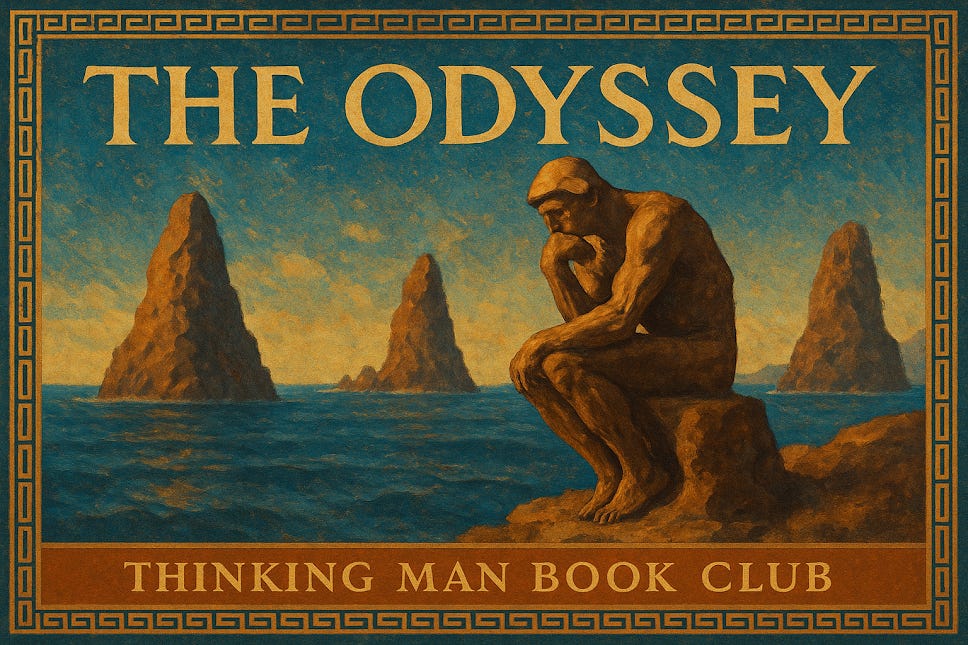
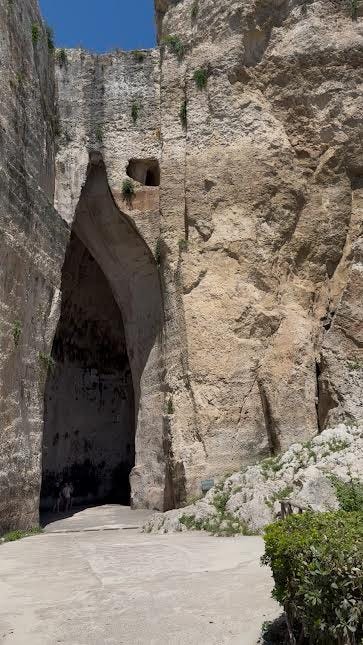
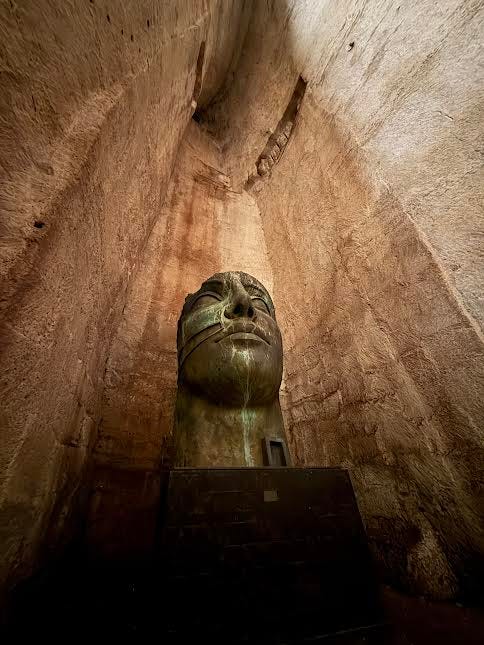
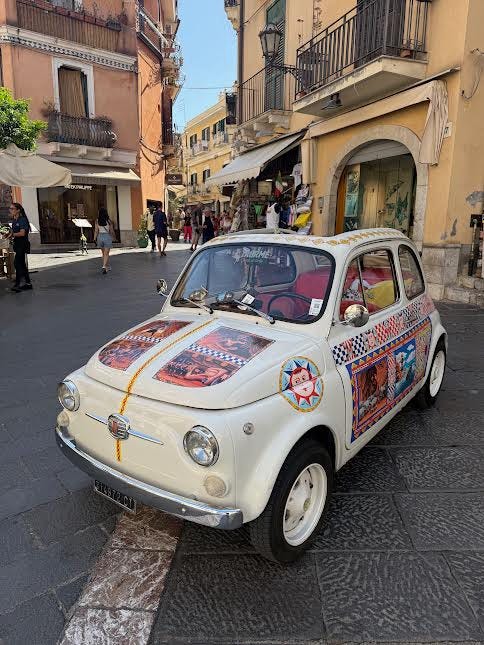
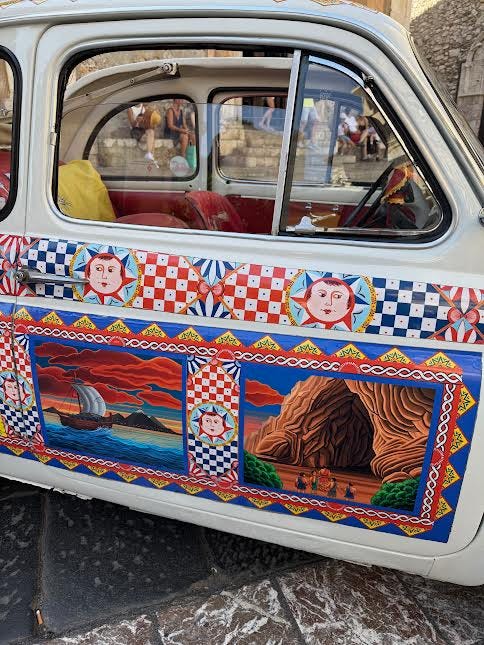

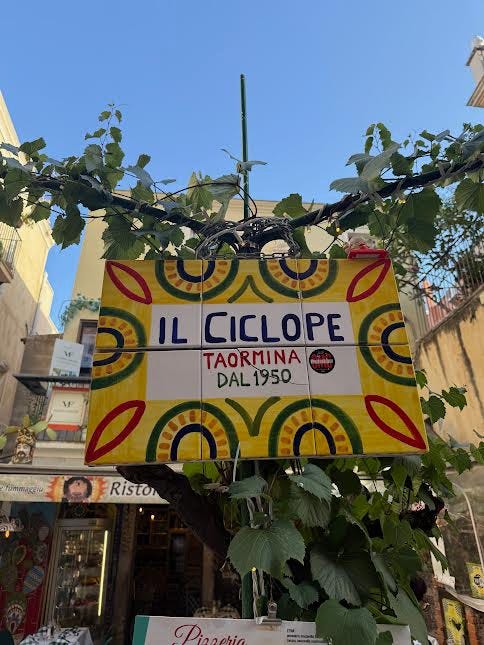
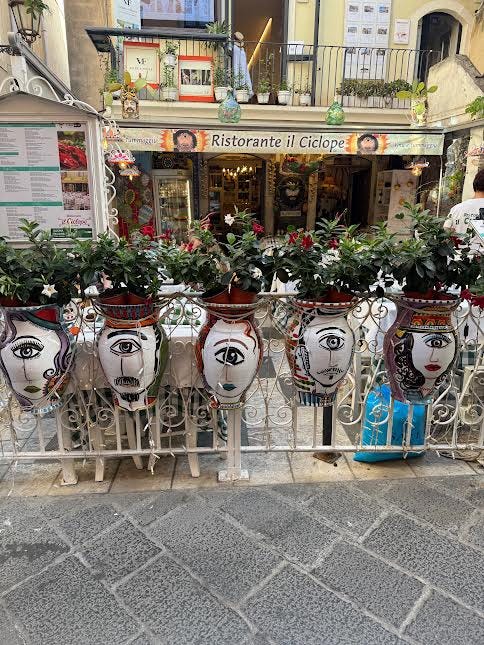
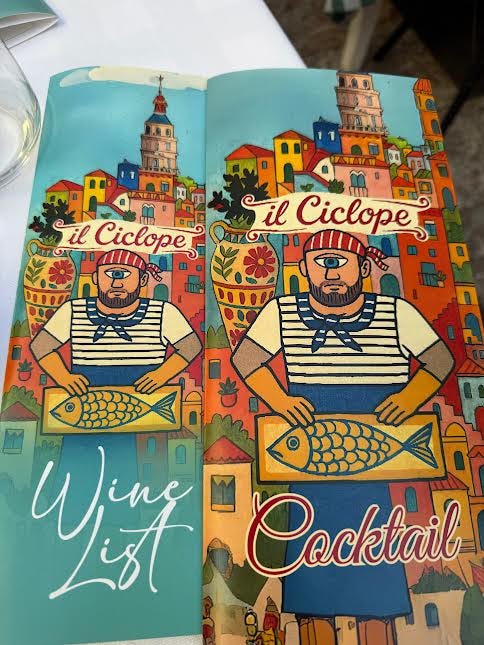
Wonderful John! I'm so glad Melissa and you got to experience that Mystical Island! Enjoy.
Sicily is such a mix of cultures. Very Greek East, Phoenician, North African and Sephardic West with Sicels and other Sicilian peoples, Italians, Spaniards and Normans (Vikings), Lombards, Albanians and French.